Voted # 1 Solar Company in
El Dorado County

Serving All of California
Shingle Springs: (530) 564-3629
Bakersfield: (661) 670-0358
How Weather Affects Solar Power and What You Can Do About It
Solar power is an excellent renewable energy source, but many homeowners wonder how weather conditions affect its efficiency. While solar panels work best under direct sunlight, they can still generate electricity in various weather conditions. Cloudy days, rain, and even snow can impact production, but understanding these effects and how to optimize performance can help you get the most out of your solar panels.
Understanding Solar Production
Solar panels convert sunlight into electricity through photovoltaic cells. The more direct sunlight they receive, the more energy they produce. However, even when the sky isn’t perfectly clear, solar power systems can still function. Factors such as panel orientation, shading, and weather conditions play a role in overall efficiency. The amount of sunlight received throughout the day also varies based on geographic location. For example, areas closer to the equator typically receive more direct sunlight, leading to more efficient solar power production. Regular cleaning and maintenance of panels also play a crucial role in maintaining optimal performance.
Recognizing the Impact of Cloudy Days
According to Solar Reviews, solar panels can produce 10% to 25% of their normal power output on cloudy days, depending on how thick the clouds are. Even though cloud coverage reduces efficiency, solar panels can still generate power from diffused sunlight. Places with frequent overcast conditions can still successfully use solar power as a significant energy source. Additionally, high-efficiency panels can better capture available light, improving performance even in less-than-ideal weather. Many companies also offer solar batteries, which serve as a reliable backup power source during emergencies, nighttime, or grid failures. These batteries recharge during the day under the sun's rays, ensuring consistent energy availability even when weather conditions affect solar power generation.
Managing Solar Panels in Rain and Snow
Rain can be beneficial for solar panels because it washes away dust and debris, helping maintain efficiency. Although heavy rain may temporarily reduce energy production, it doesn’t stop panels from working. Similarly, snow can block sunlight if it accumulates on panels, but most modern solar panels are installed at an angle, allowing snow to slide off. Light snow cover often melts quickly, and most solar panels are designed to withstand different weather conditions. It's also worth noting that snow reflects sunlight, meaning solar panels can still capture light from the snow’s surface, slightly improving performance even in snowy conditions.
Optimizing Solar Panels in Extreme Heat
It may seem counterintuitive, but extreme heat can reduce solar panel efficiency. When temperatures rise above optimal levels, the voltage output of panels decreases, leading to lower energy production. To counteract this, proper ventilation and panel spacing are essential. Installing panels with sufficient airflow underneath can prevent excessive heat buildup. Additionally, certain panel types handle heat better than others, making them a good choice for hotter climates.
Another way to manage high temperatures is by using reflective coatings or materials on rooftops where panels are installed. These coatings help reduce overall heat absorption, preventing excessive temperature buildup around the panels. Additionally, choosing light-colored mounting surfaces can further aid in keeping panel temperatures lower, ensuring better efficiency even during the hottest months.
Maximizing Solar Panel Performance Year-Round
Investing in battery storage is an excellent way to ensure your solar power system remains efficient year-round. Batteries store excess energy generated on sunny days, allowing you to use it when production is lower, providing a more consistent power supply. Regular maintenance is also crucial for maximizing solar power output. Keeping panels clean and free of debris ensures they can absorb the maximum amount of sunlight. Dust, dirt, and leaves can accumulate over time, so periodic inspections and cleaning help maintain efficiency.
Additionally, optimizing panel placement plays a significant role in maintaining performance throughout the year. Working with solar professionals can help position panels for the best exposure to sunlight across all seasons. Proper placement, angle adjustments, and strategic positioning can make a noticeable difference in energy production, ensuring you get the most out of your solar power system.
Weather conditions impact solar power efficiency, but panels continue to generate electricity in various climates. By understanding these effects and taking proactive steps, you can maximize your system’s performance year-round. Want to make the most of solar power in any weather? Contact Solar Savings Direct, Inc today for expert guidance and installation!
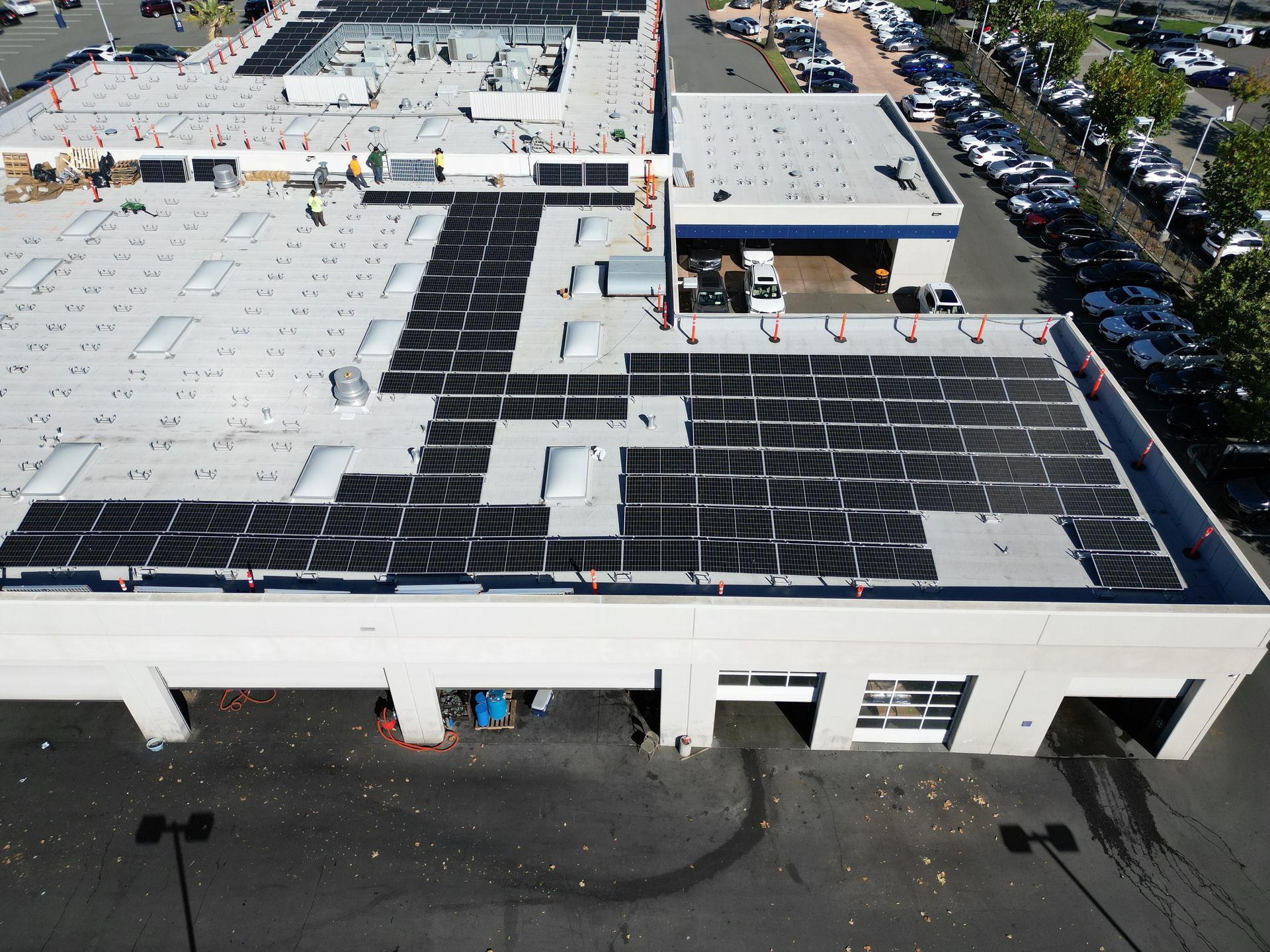


HOURS
OFFICE ADDRESS
Bakersfield Office:
3701 Pegasus Drive
Bakersfield, CA 93308
HOURS
CONTACT US
CSLB # 1065773
Bakersfield Office Phone: (661) 670-0358
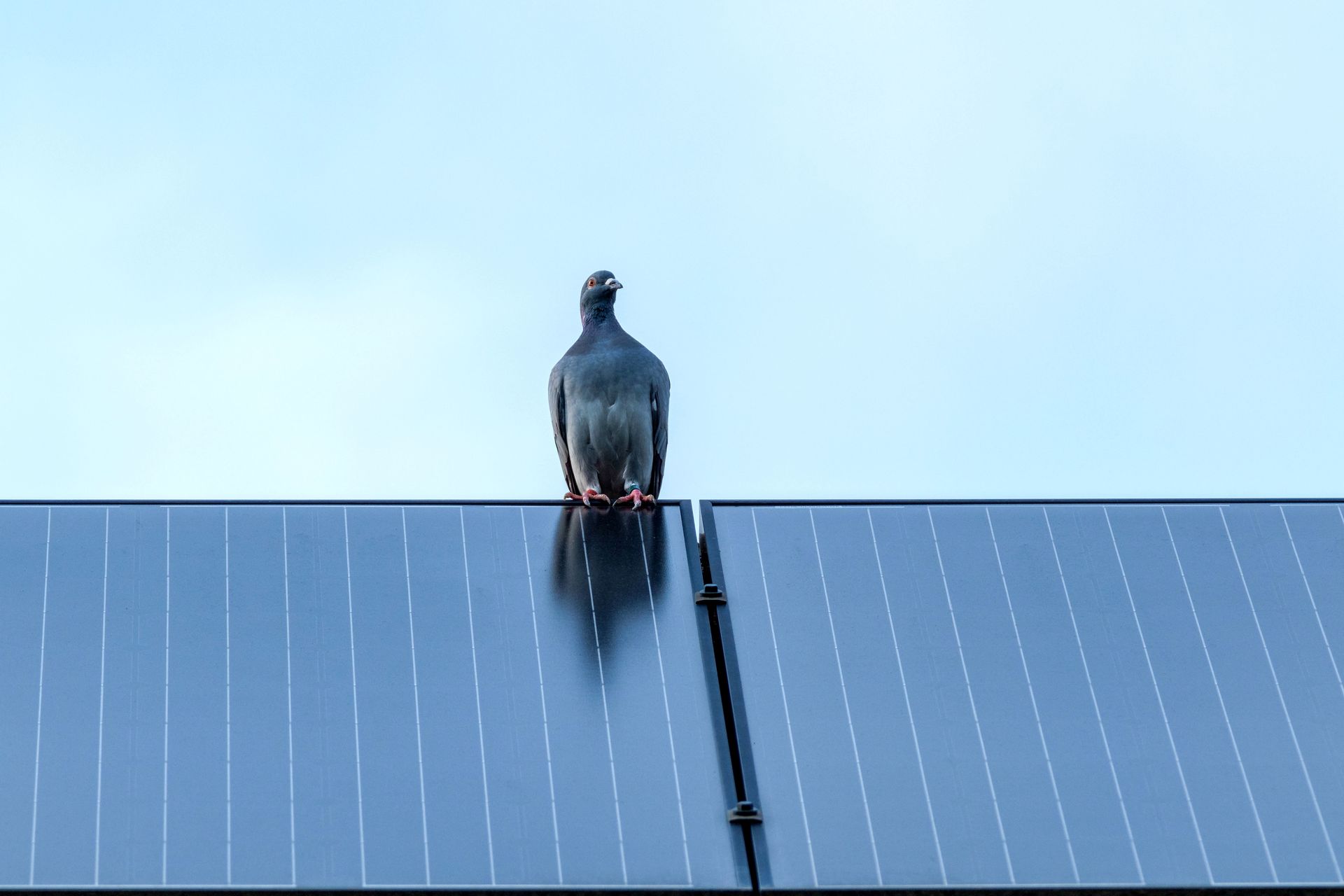
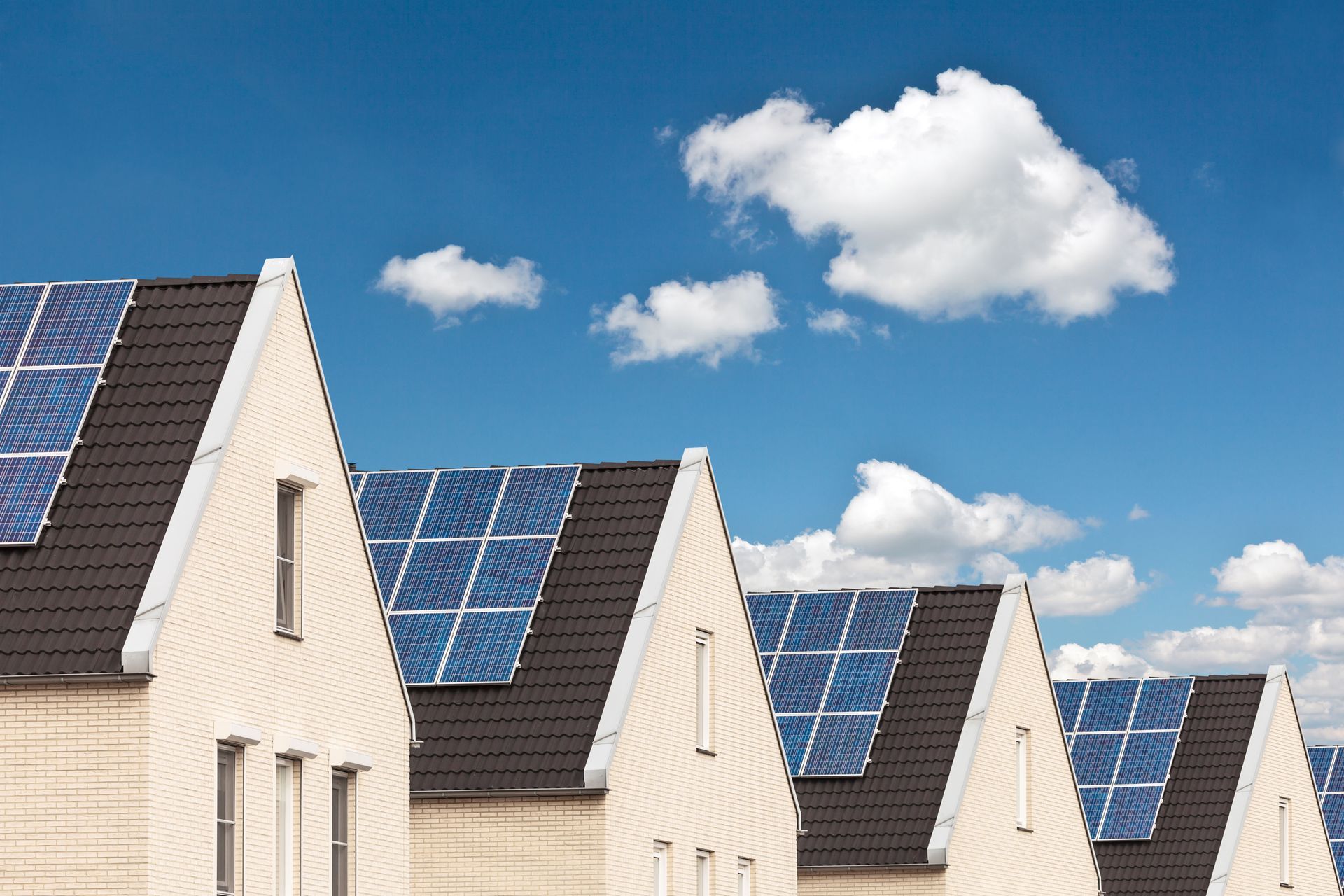
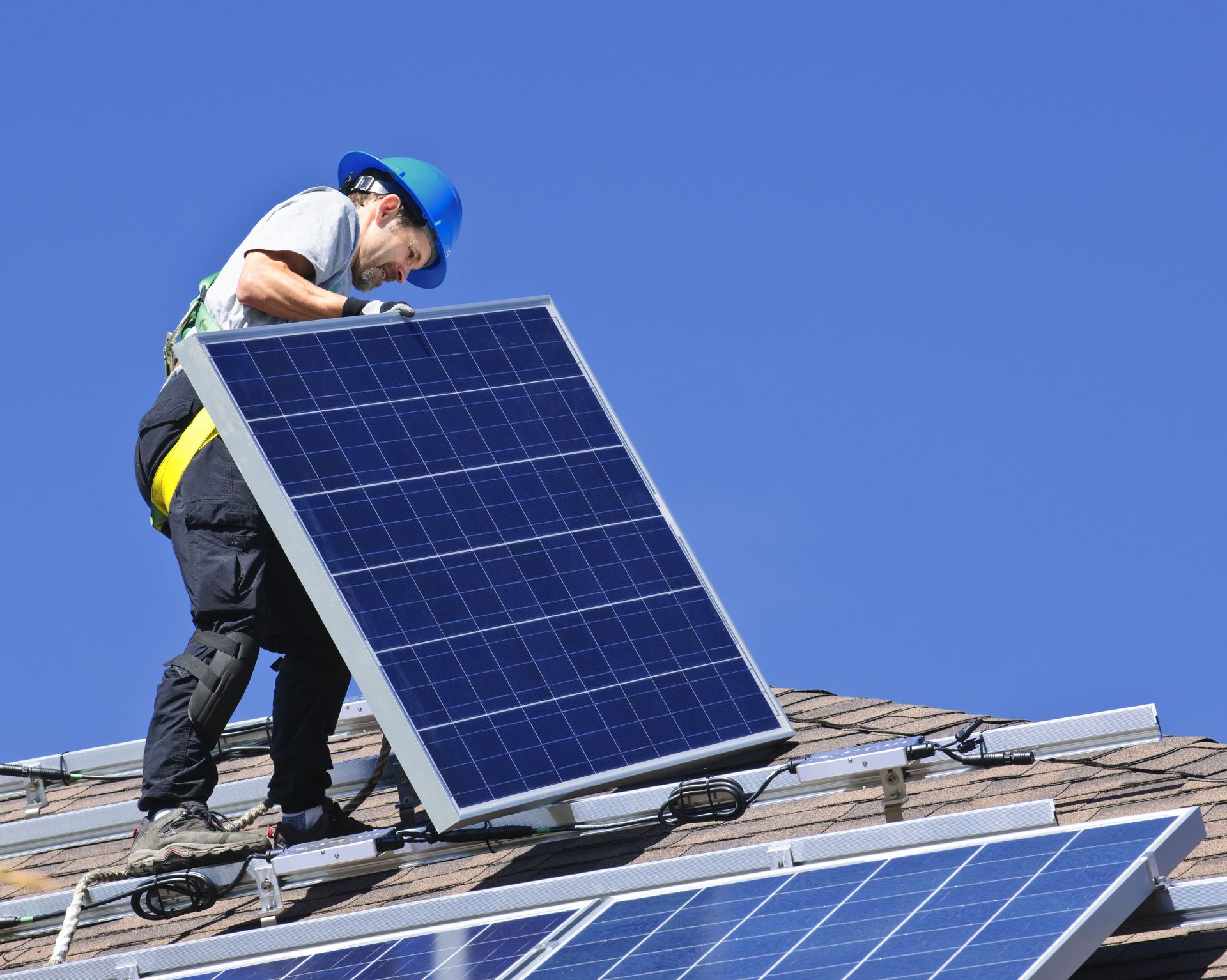
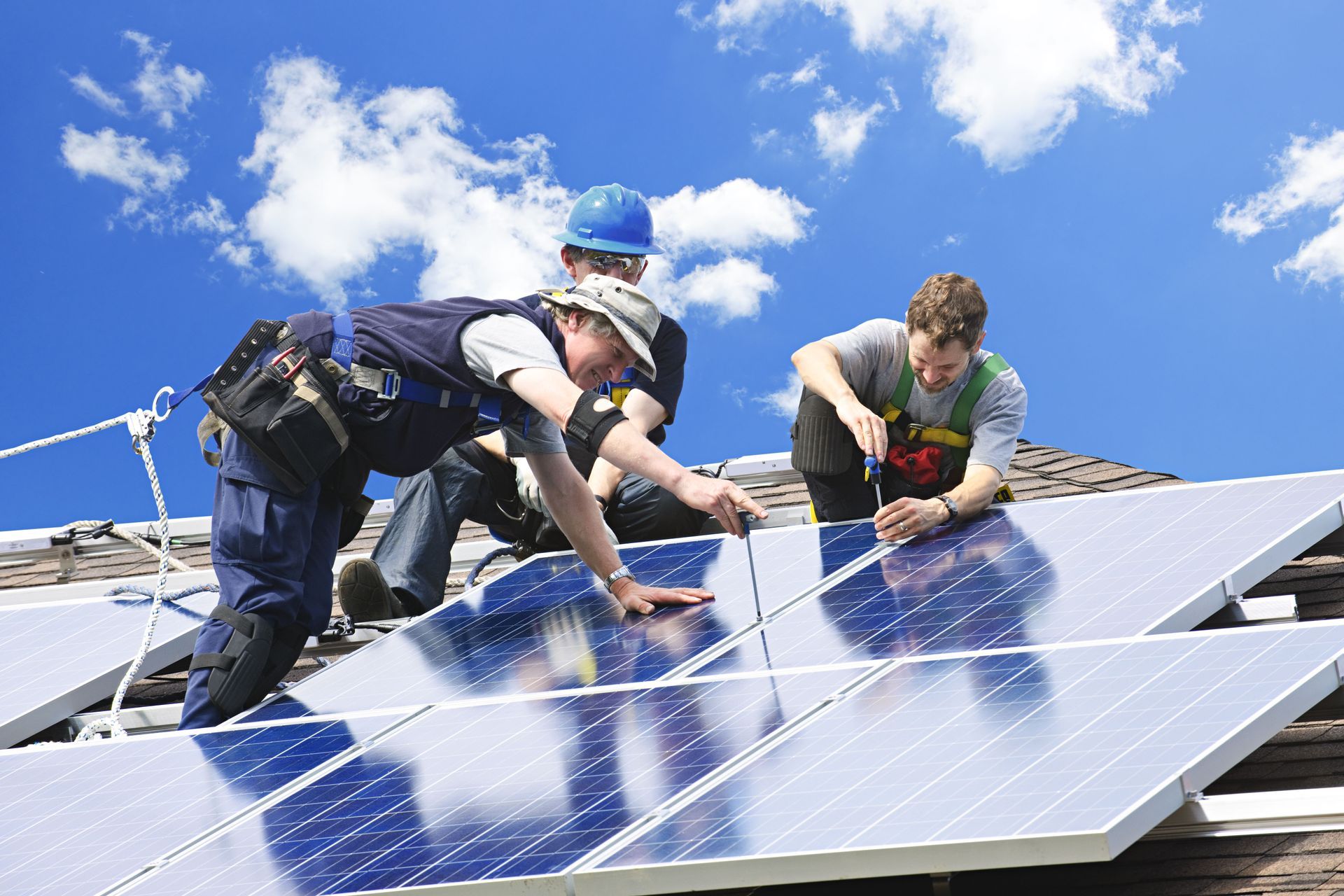
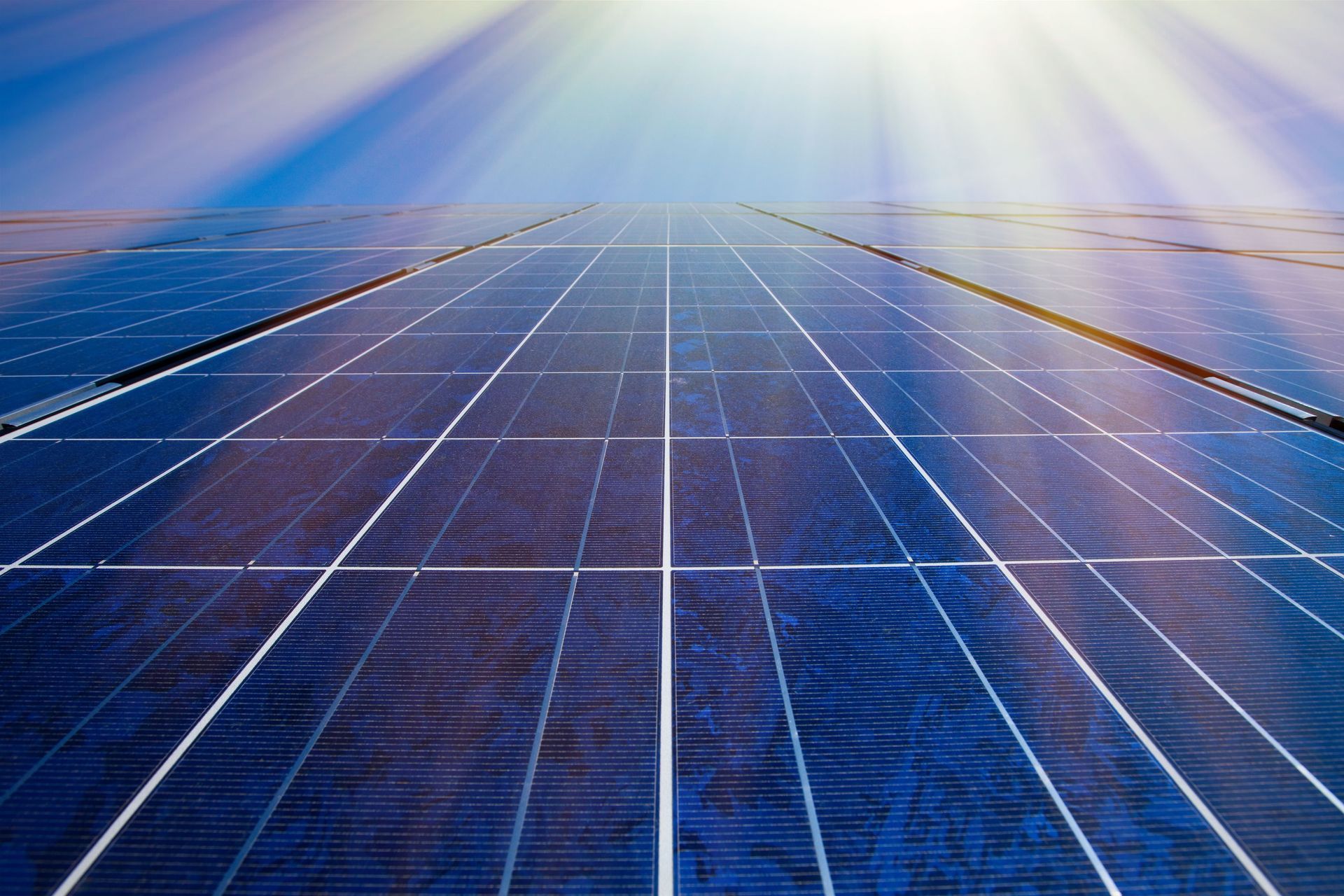
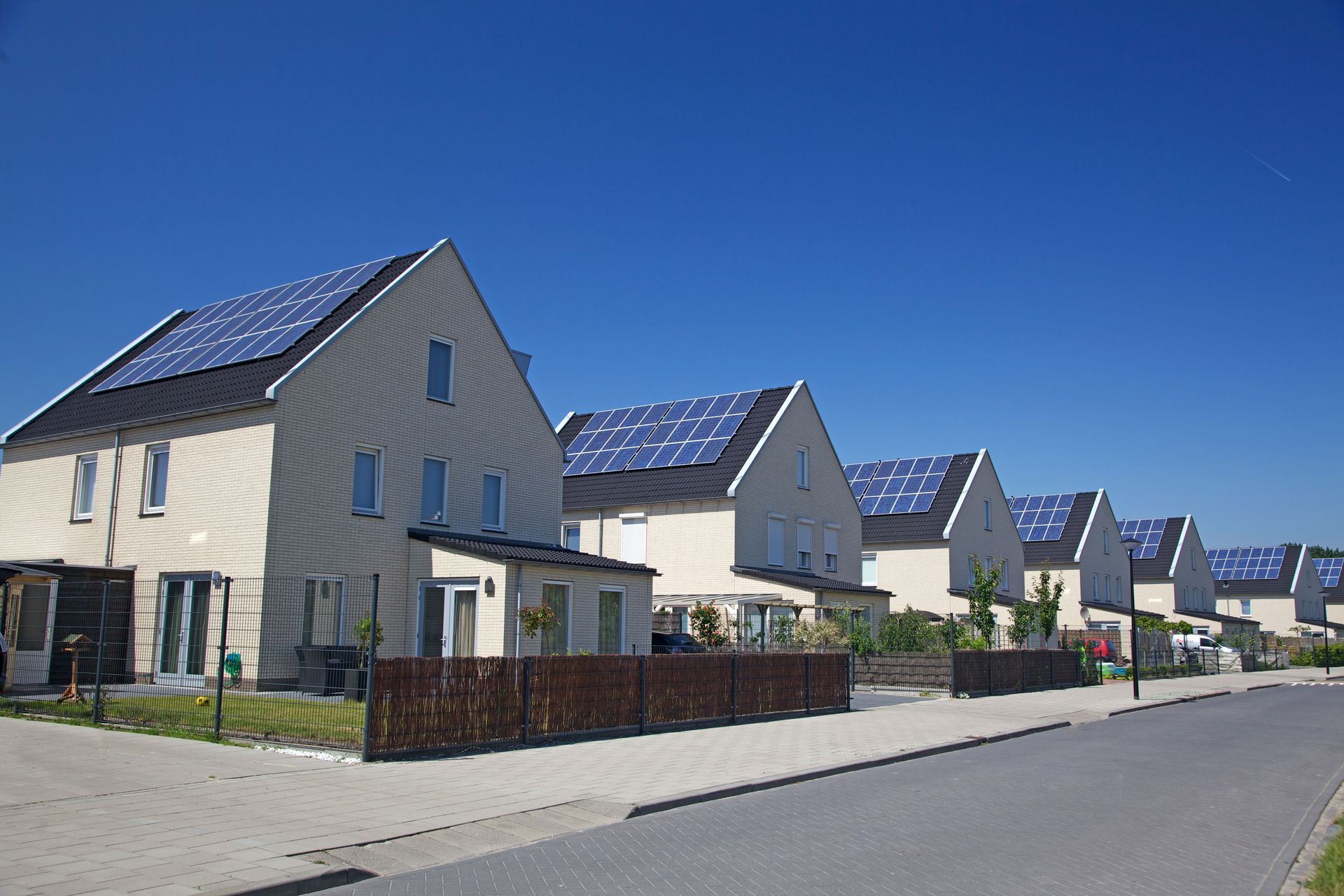
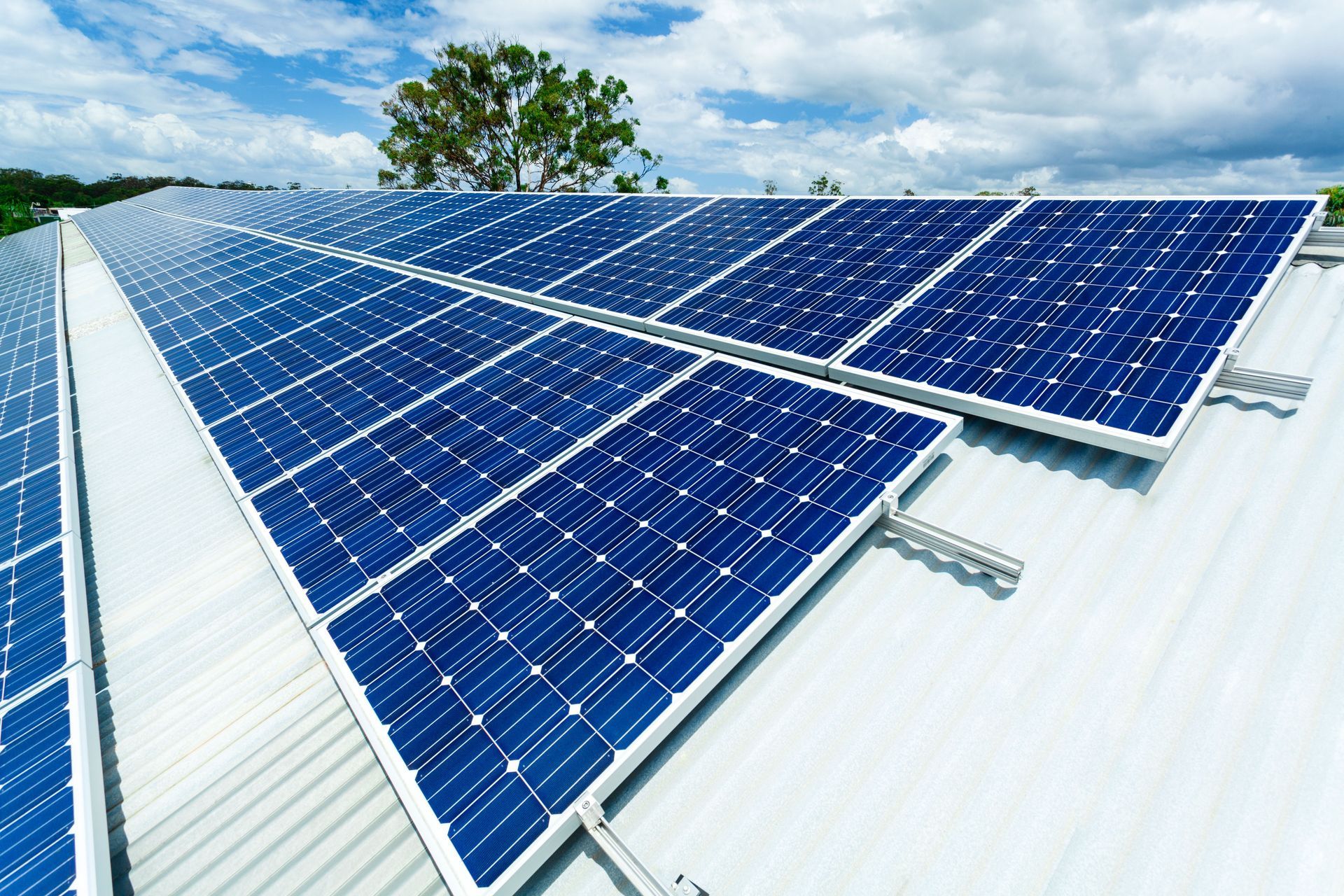
Share On: